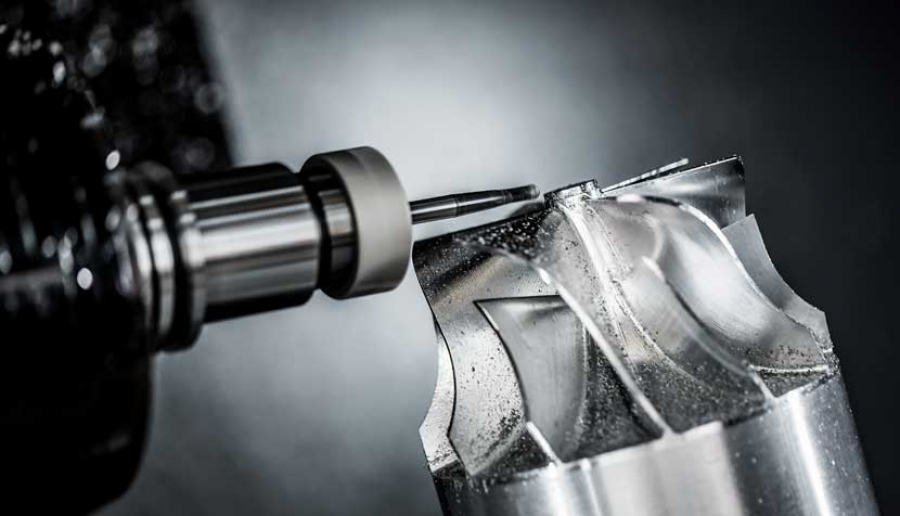so the entire system has to be completed in situ. Another disadvantage is that the installation needs to be accessible for maintenance, or in case of failure. The result is ugly, modular ceilings and demountable floors. Wouldn’t it be great if we could replace the entire installation with materials? A paint for energy, steps that control light, a bag of salt for cooling? Multifunctional, smart and interactive materials that replace the functions of these facilities can dramatically change the future of buildings, making them more efficient and sustainable. CO2-absorbing, temperature regulating and self-cleaning materials are currently trends, but will be the standard within a generation.
The insulation must, of course, be top-notch. Aerogel is a good example. It is a solid with a very low density, as it is approximately 98 percent air, though it has a solid, porous structure. Most aero gels are silicon-based, but there are also gels based on metals or carbon compounds. Insulation is a hot item, of course. The Material Xperience show had examples such as the ‘EcoCradle’, a sustainable insulation made of chipboard fibre and mushrooms.

